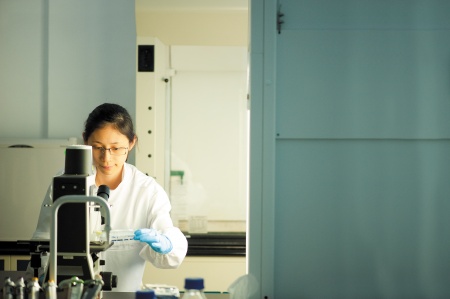
January 22, 2015, by tvu
Exciting new publications
Veronica Alicia Yap, Bi-Juin Loong, Kang-Nee Ting, Sandy Hwei-San Loh, Kien-Thai Yong, Yun-Yee Low, Toh-Seok Kam, Kuan-Hon Lim (January 2015). Hispidacine, an unusual 8,4’-oxyneolignan-alkaloid with vasorelaxant activity, and hispiloscine, an antiproliferative phenanthroindolizidine alkaloid, from Ficus hispida Linn. Phytochemistry, Volume 109, Pages 96–102. (check it here)
- The paper describes the detailed structure elucidation and biological activity of a novel oxyneolignan-alkaloid named hispidacine and a new phenanthroindolizidine alkaloid named hispiloscine isolated from the Malaysian Ficus hispida Linn. Hispidacine is an 8,4’-oxyneolignan that features an unprecedented incorporation of a 2-hydroxyethylamine moiety, while hispiloscine represents the first naturally occurring acetoxy-substituted phenanthroindolizidine alkaloid. Both structures were established by spectroscopic analysis. Hispidacine induced a moderate vasorelaxant activity in rat isolated aorta, while hispiloscine showed appreciable antiproliferative activities against MDA-MB-231, MCF-7, A549, HCT-116 and MRC-5 cell lines.
Satel, J., Fard, F. S., Wang, Z., and Trappenberg, T. P. (November, 2014). Simulating oculomotor inhibition of return with a two-dimensional dynamic neural field model of the superior colliculus. Australian Journal of Intelligent Information Processing Systems, 14(1): 27-32. (check it here)
- The paper shows that the sensory adaption and direct inhibition theory of oculomotor inhibition of return still holds when using a two-dimensional DNF model of the SC and makes a number of suggestions for further simulations of the spatial orienting paradigm using a two-dimensional model.
No comments yet, fill out a comment to be the first

Leave a Reply